Known as the Great Migration, 6 million African-Americans left their homes in the South after World War I and through 1970, moving north and west.
“The conditions in the South for the average African-American were unbearable and intolerable,” Georgetown University[easyazon_image add_to_cart=”yes” align=”right” asin=”0822358549″ cloaking=”default” height=”160″ localization=”default” locale=”US” nofollow=”default” new_window=”yes” src=”http://ecx.images-amazon.com/images/I/51pSV3tmT%2BL._SL160_.jpg” tag=”trehottop-20″ width=”107″] history professor Marcia Chatelain told “St. Louis on the Air” host Don Marsh on Thursday. “We have the rise of Klan violence. We have incredibly depressed wages. We have all sorts of labor conflicts. And we also have the confinement of the person. Northern migration was an opportunity to try to see what it would be like to live as a free person.”
Chicago became an important destination during the Great Migration. In 1890, less than 2 percent of the city’s population was black. By 1970, there were 1 million African-Americans in Chicago — a third of the city’s population.
In her book “[easyazon_link identifier=”0822358549″ locale=”US” tag=”trehottop-20″]South Side Girls[/easyazon_link],” Chatelain, a University of Missouri–Columbia alum, focuses on the years between 1910 and 1940 in Chicago, when the city’s black population quintupled. During that time, the meaning of girlhood shifted to reflect anxiety about urbanization and racial progress, she said.
“ [easyazon_link identifier=”0822358549″ locale=”US” tag=”trehottop-20″]‘South Side Girls[/easyazon_link]’ is about the impact the Great Migration had on young women and girls, and their ability to find their place in a very changing and rapidly evolving world,” Chatelain said. “Girls’ lives matter, and we need to really invest in understanding girls’ history.”
Chatelain drew parallels between the Great Migration movement and the Ferguson movement.
“I think that what we see in Ferguson are the consequences of that mass migration of African-Americans into places that had very few — the consequences of housing segregation, segregation in education,” she said. “I think that Ferguson is the legacy, the negative legacy, of mass migration and communities willing to not really be open to newcomers.”
Girls and women played important roles then and now, Chatelain said. [easyazon_block add_to_cart=”default” align=”center” asin=”0822358549″ cloaking=”default” layout=”top” localization=”default” locale=”US” nofollow=”default” new_window=”default” tag=”trehottop-20″]
“In every movement, even if the leadership, the people up front, are male, we know that there’s a critical mass of girls, young women and women who are not only sustaining the movement through their work, but sustaining the communities that are shattered by violence,” she said.






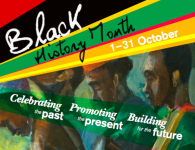




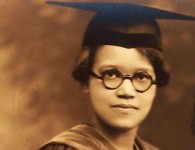
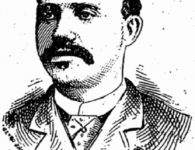

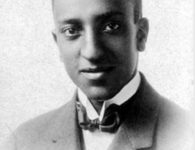

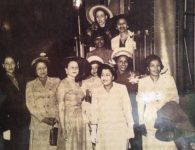
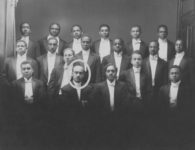

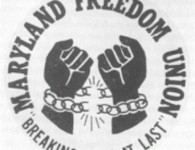

1 Comment
[…] post Southside Girls: Growing Up in the Great Migration appeared first on Black […]